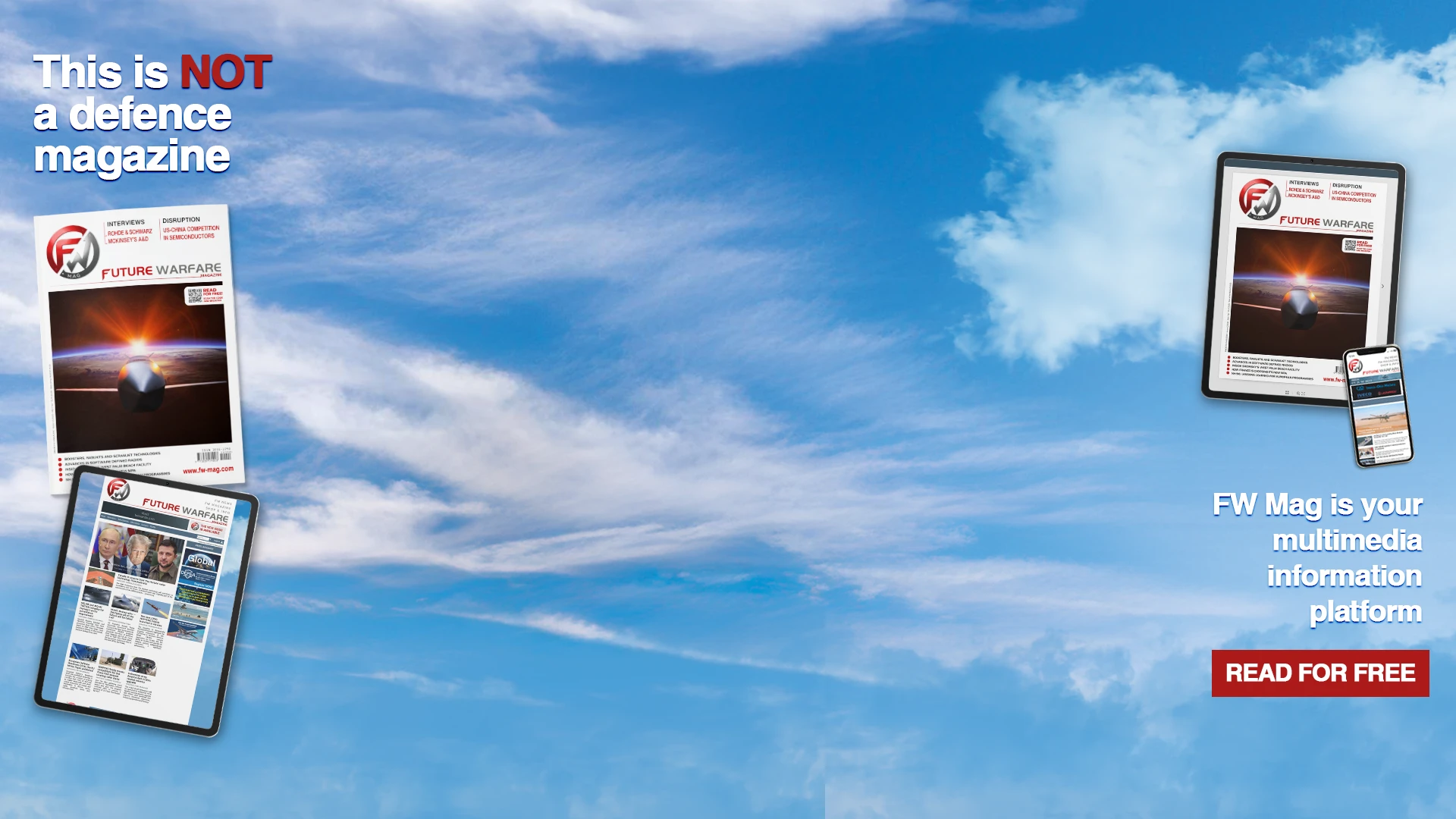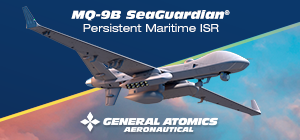At Eurosatory 2024, Patria showcased the concept demonstrator of All Terrain Vehicle (ATV) that will represent the working base for a future high-mobility Armoured Personnel Carrier (APC).
The vehicle has been developed within the EU-funded FAMOUS (Future Highly Mobile Augmented Armoured Systems) programme aimed at advancing the performance of new and existing armoured vehicles.
Finland is the lead country, with Patria coordinating a consortium of 9 countries (Finland, Austria, France, Germany, Greece, Spain, Belgium, Norway, and Latvia) and 18 companies (Patria Land Oy, Arquus, AVL List GmbH, Diehl Defence GmbH, Escribano Mechanical & Engineering S.L, FY-Composites Oy ,Indra Sistemas, ISD LYSEIS OLOKRIROMENON SYSTIMATONANONYMOS ETAIREIA (Integrated Systems Development SA), John Cockerill Defense S.A., Kongsberg Defence & Aerospace AS LATVIJAS MOBILAIS TELEFONS SIA, Millog Oy, Nexter Systems SA, Piedrafita Systems S.L., Savox Communications Oy Ab (Ltd), Spinverse Oy, Steyr Motors Betriebs GmbH, and Tencate Advanced Armour Danmark A/S).
Patria had started its in-house studies in 2019, but FAMOUS-1 allowed to accelerate the company’s efforts thanks to the EU contribution of €9 million in 24 months, while the subsequent FAMOUS-2 pledges further €95 million over 48 months. Member states have co-funded the project with additional €19 million. According to Patria, this push is sufficient to have a vehicle ready for production in 2026.
The current ATV demonstrator is a lightly armoured (STANAG K1 and M1) APC featuring a gross weight of 15 t, 3.5 t of which in payload, equivalent to 12 fully equipped servicemen, fuel, and a Remote Weapon Station (RWS) such as the Konsgsberg PROTECTOR LW30 (M230LF 30mm main weapon, 7.62mm coax weapon and an Anti-Tank Weapon). The vehicle's modularity would allow for different configurations including C2, ambulance, reconnaissance, and others.
Powered by a 335HP (250Kw) provisional engine, it can reach a maximum speed of over 80 km/h on road and has a 600km autonomy.
From a conversation with a Technical Project Manager working on the project at Patria, FW-MAG could have additional information about the main technology blocks of the ATV project, namely:
Mobility: the APC is amphibious by design (4 km/h on water), and it is able to guarantee high speed in extreme conditions (-46°C - +44°C) and terrains, with the possibility of overcoming obstacles with a 60% gradient. To reduce weight without conceding on performance, the vehicle will mount the most advanced rubber tracks. Patria has a long-standing partnership with Soucy, but the current demonstrator mounts Diehl Defence’s segmented rubber band tracks, hinting that multiple options might be available to potential customers.
Powertrain (engine, transmission, driveshaft, axles, and differential): the ATV is also a testbed to address key challenges in military vehicle electrification, such as improving fuel efficiency, reducing emissions, enhancing silent operation capabilities, and maintaining or improving vehicle performance. Several options are under evaluation. Technologies under the spotlight include, among others, Hybrid Electric Drivetrains (HED), Fuel Cell Electric Vehicles (FCEV), Hybrid Energy Storage Systems, and Multi-Speed Transmissions.
New materials: as the captivating shapes of the vehicle suggest (especially the front profile), new composite materials for armoured vehicle applications might replace traditional armour systems, should new materials (under study) keep their promises in guaranteeing high performance mechanical properties and ballistic characteristics.
Lastly, it is soon to talk about market perspectives in Europe and overseas, but the Finnish Army still possesses a large fleet of legacy MBT-L APCs and BV-206 D6N ATVs that will soon need replacement with a more modern vehicle.








.png)
